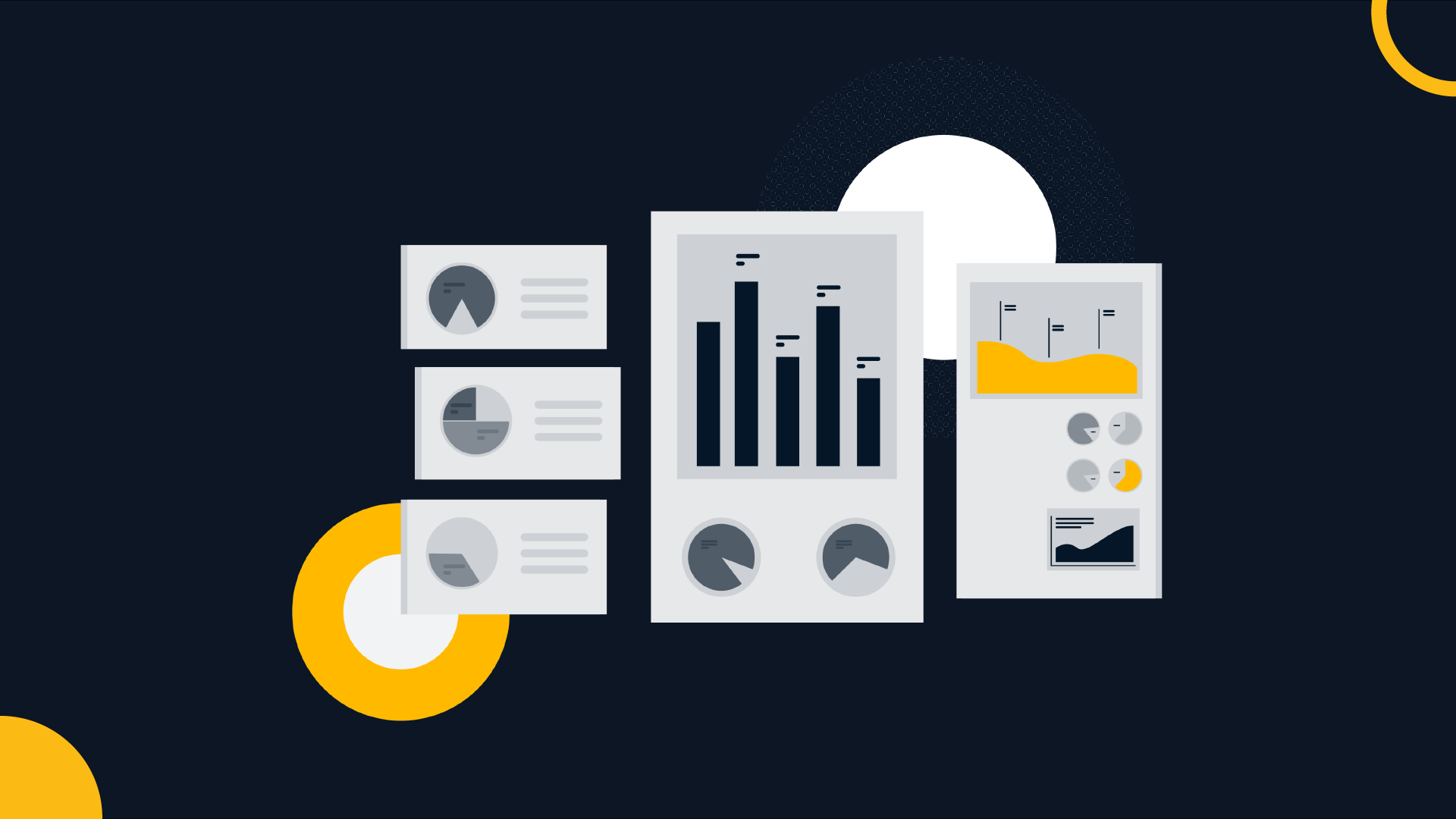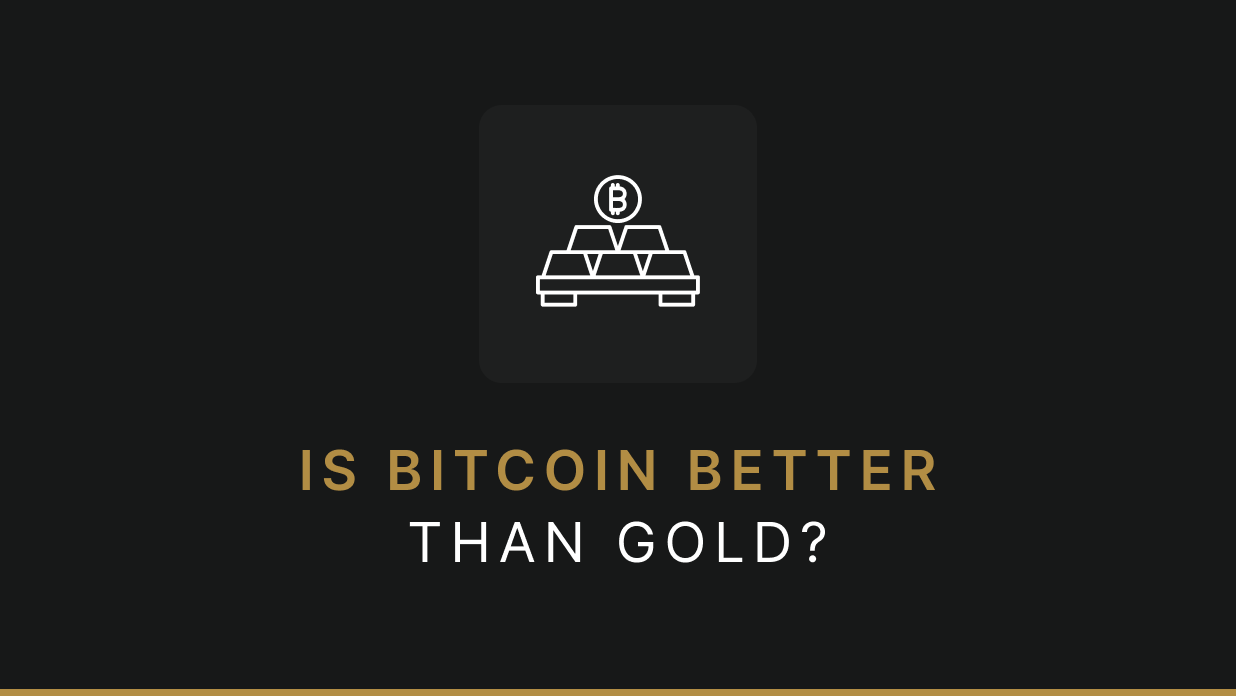Crypto is an internationally accepted currency and has become a viable payment option worldwide. While some countries still restrict crypto transactions, others encourage crypto to circulate for payments in exchange for goods and services.
Geographical Crypto Spending Analysis
According to a study by Umut Can Çabuk and Massimiliano Silenzi, Europe and Central Asia region has the highest percentage of crypto-consumers, showing growth since 2021. South Asia (India and surrounding countries), 2021’s leading region, is now in second place with 20.7% of crypto-consumers. Sub-Saharan Africa is in third place with 13.6%, followed by East Asia and the Pacific. When observing the percentage of the world population ratio to the crypto-consumers in each region, East Asia and the Pacific have the least representation of crypto-consumers, likely due to financial and political restrictions.
Chainalysis launched a study of sub-indexes based on different countries with sufficient data to rank their transaction volumes. One of these indexes measures the activity of each country by decentralized financial (crypto) transaction volumes carried out in retail-sized transfers. In this category, the highest-ranking countries are India, the United States, Thailand, China, and Phillippines.
Where Do Most Crypto Transactions Happen?
As more businesses accept cryptocurrency payments and keep transaction logs, getting precise statistics is more reliable than ever. However, many markets, including confidential, high-stakes, and significant investments, are difficult to measure due to a lack of available logs. The conclusion is most crypto transactions are made online.
It’s important to understand that goods and services bought with crypto are limited to the markets that accept crypto payments. Digital goods and services are more popular for crypto-consumers than physical products. This is likely due to digital and technology companies being the pioneers in integrating crypto payment solutions more confidently and earlier than other markets. 55.2% of crypto consumers use crypto to purchase mobile top-ups, with game credits coming in at a close second with 52.3%.
This does not mean there hasn’t been an increase in in-store crypto transactions and payments. For example, the fashion and luxury goods industries increased in crypto sales between 2021 and 2022, with crypto payments reaching 13.4% in fashion and 11.3% in food. More statistics show that real-estate sales with crypto went up to 12% in 2022 and continue to rise due to the ease of transactions.
Get the full scoop in our 2023 crypto spending report, filled will all the information you need to understand the impact of crypto payments around the globe! For more information, visit www.forumpay.com today!



